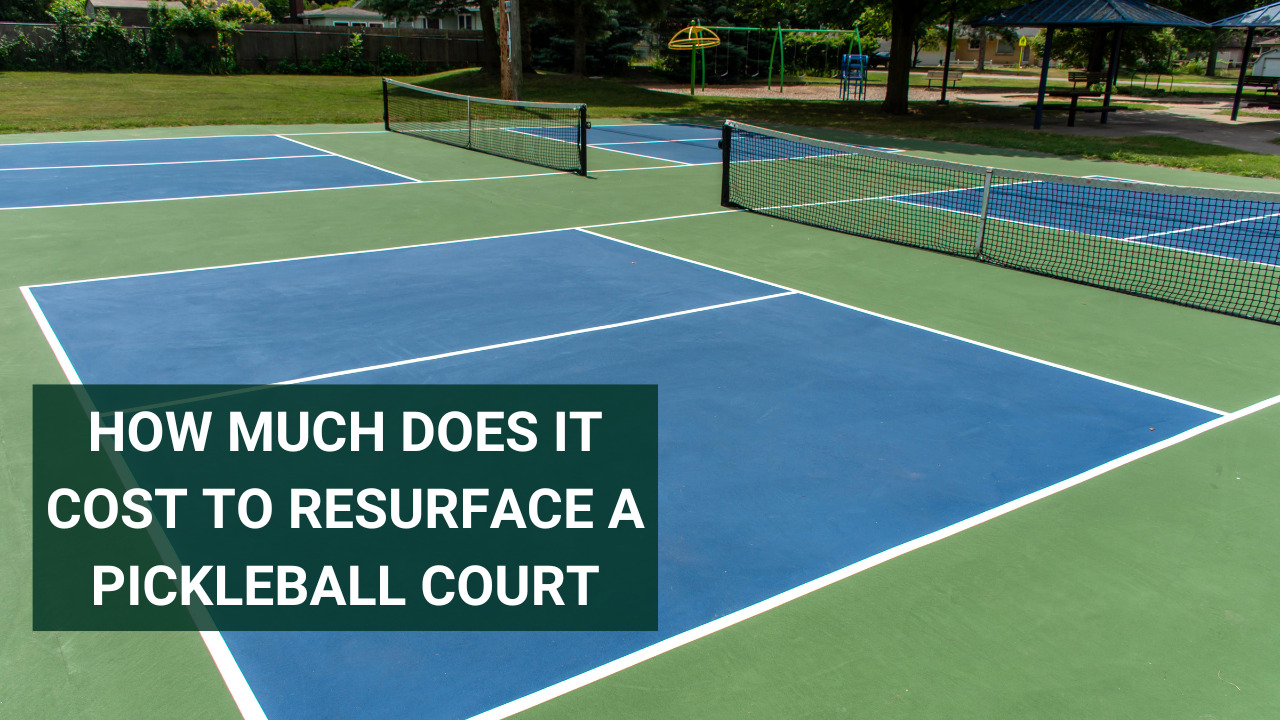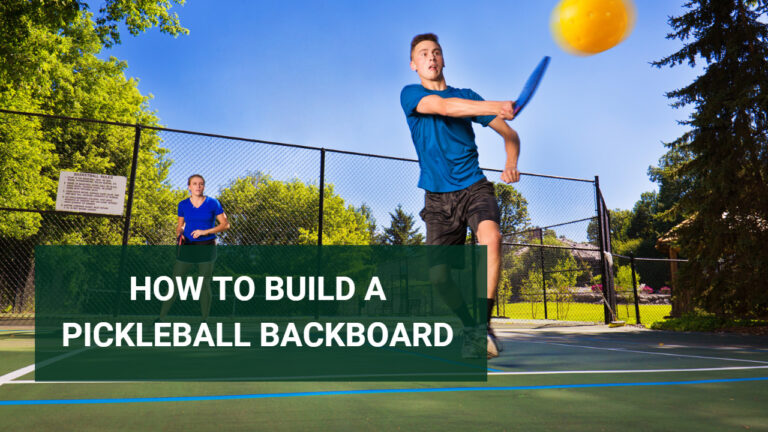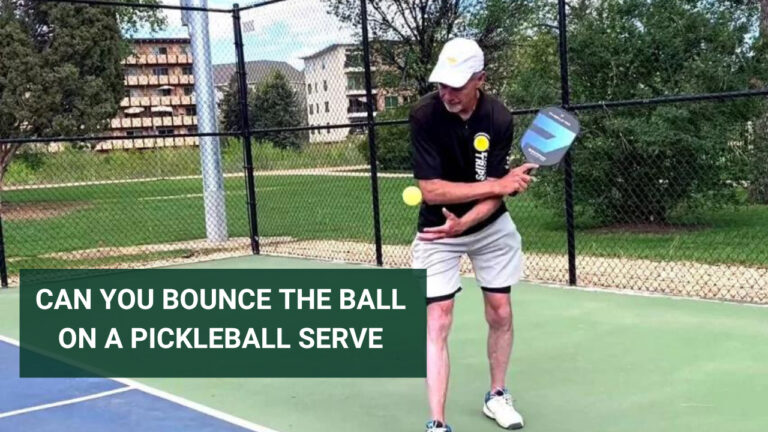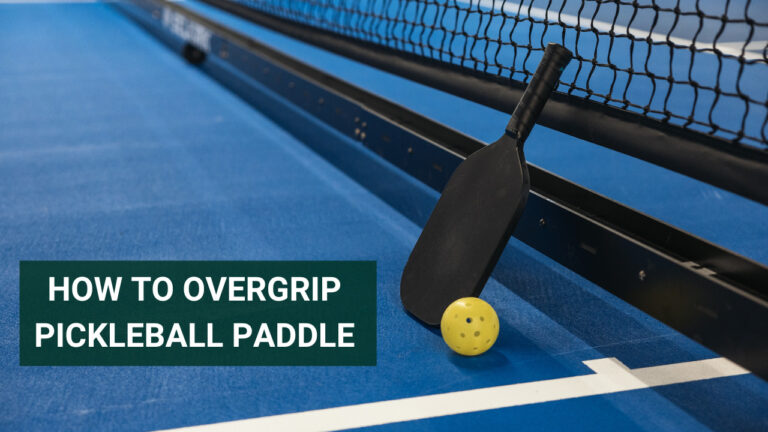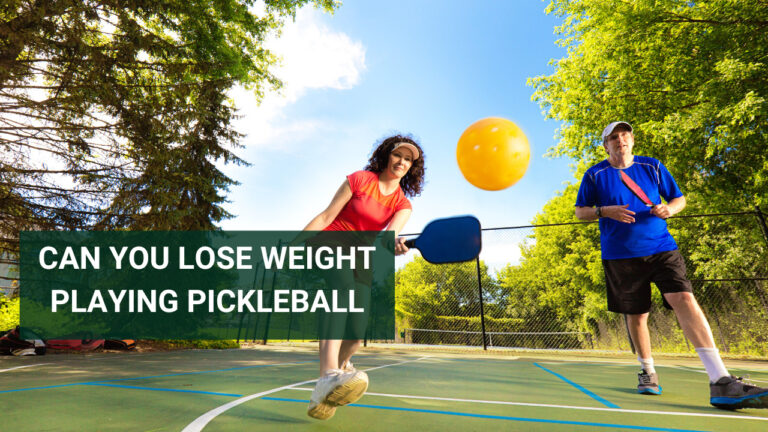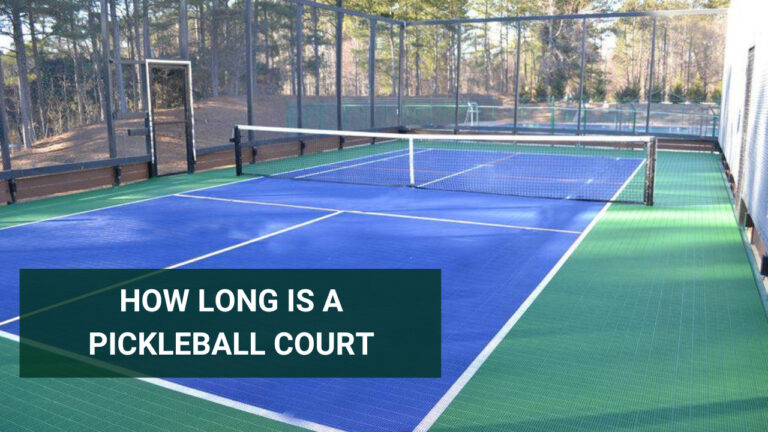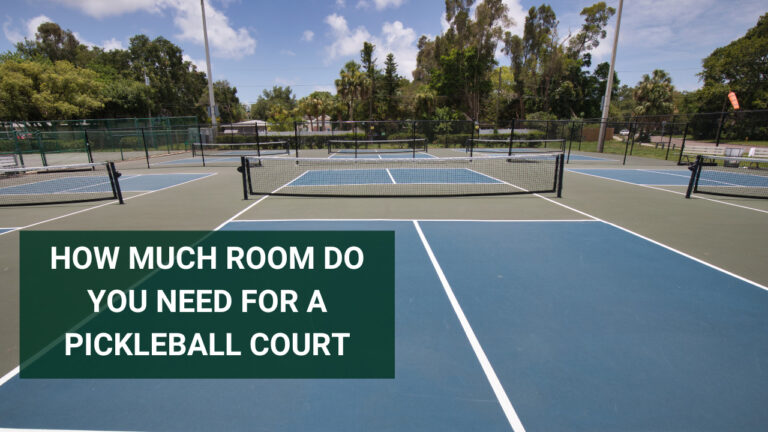How Much Does It Cost To Resurface A Pickleball Court – Estimated Expenses
If you’re an avid pickleball player or facility owner, you know that the condition of your court plays a crucial role in ensuring a top-notch playing experience.
On average, the cost can range from $3,000 to $8,000 or more. It is recommended to obtain quotes from professional court resurfacing companies for accurate pricing specific to your situation.
Resurfacing not only breathes new life into your beloved court but also enhances safety and performance. But before diving headfirst into this rejuvenation project, one question is likely lingering on your mind: “How much does it cost to resurface a pickleball court?”
So grab your paddle, get comfortable, and let’s dive deep into the world of pickleball court resurfacing!
How Much Does It Cost To Resurface A Pickleball Court – Factors To Consider
When it comes to resurfacing your pickleball court, there are several key factors that can influence the overall cost.
Size of the Court
Above all is the size of your court. Naturally, larger courts will require more materials and labor, which can drive up the price.
Current Condition
The other factor to consider is the current condition of your court. If there are significant cracks or damage that need to be repaired before resurfacing can take place, this will add to the overall cost. Additionally, if any leveling or base work is required, this can also impact the final price tag.
Type and Quality
The type and quality of materials used for resurfacing will also play a role in determining costs. Different surfacing options come with varying price points, so it’s important to weigh durability and performance against your budget.
Geographical Location
Moreover, geographical location can impact costs as well. Prices for labor and materials may vary depending on where you live.
Other Features
Don’t forget about additional features you may want to include during the resurfacing process. This could range from adding new lines for other sports like tennis or basketball to installing fence systems for added security.
Now that we’ve explored some of these crucial factors affecting pricing let’s move on to discussing why investing in pickleball court resurfacing is worth every penny!
The Benefits Of Resurfacing A Pickleball Court
There are multiples benefits of resurfacing a pickleball court:
Improved Playing Surface
- Smoother and level surface
- Reduced tripping hazards
Enhanced Playability
- Better visibility with fresh paint
- Improved accuracy in shots
Prolonged Lifespan
- Prevents further damage and wear
- Saves on costly repairs or replacements
Increased Property Value
- Attractive feature for potential buyers or renters
Resurfacing a pickleball court offers various advantages, including improved safety, enhanced playability, prolonged lifespan, and increased property value. It’s a worthwhile investment for both players and facility owners.
DIY vs. Professional Resurfacing of a Pickleball
When it comes to resurfacing a pickleball court, many court owners might wonder whether they should tackle the project themselves or hire professionals. While DIY projects can be enticing for their potential cost savings, there are several factors to consider before making a decision.
| Factors to Consider | DIY Resurfacing | Professional Resurfacing |
| Expertise | Relies on personal knowledge and skills, may lack professional experience | Professionals have specialized knowledge and years of experience in court resurfacing |
| Quality of Results | Outcome may vary based on individual skill level and attention to detail | Professionals deliver high-quality results with proper coatings, lines, and markings |
| Time and Effort | Requires significant time and physical effort, may lack access to specialized tools and equipment | Professionals handle all aspects efficiently, saving time and physical labor |
| Peace of Mind | Self-assurance in completing the project independently | Assurance of experts handling every step, ensuring optimal outcomes |
| Longevity | Durability may be compromised due to potential errors in coating application or inadequate preparation | Professionals ensure longer-lasting results with proper techniques and materials |
| Cost | Potential cost savings on labor but may incur additional expenses for equipment and learning materials | Higher upfront cost, but long-term value due to better results and reduced need for future repairs |
| Individual Circumstances | Suitable for those with construction skills, time, and resources | Ideal for those seeking professional-quality outcomes, convenience, and optimal long-term investment |
The decision between DIY and professional resurfacing depends on various factors, including individual skills, available resources, desired quality, and long-term considerations. While DIY projects may offer cost savings, professional resurfacing ensures expert results, time efficiency, and increased longevity of the pickleball court.
Financing Options for Resurfacing a Pickleball Court
Resurfacing a pickleball court is an investment that can greatly enhance the playing experience and extend the lifespan of the court. However, it’s important to consider how you will finance this project. Fortunately, there are several financing options available to help make resurfacing more affordable.
Grants and Funding
- Explore grants and funding opportunities for sports facility improvements.
- Local governments and organizations often provide financial assistance.
- Submit applications and meet criteria to secure grants.
Partnerships and Sponsorships
- Seek partnerships with local businesses or community organizations.
- Offer advertising or promotional benefits in exchange for sponsorship.
- Foster community engagement and support.
Loans and Lines of Credit
- Consider specialized loans for sports facility improvements.
- Compare interest rates, terms, and repayment options from financial institutions.
- Shop around for the most favorable financing terms.
Crowdfunding
- Utilize crowdfunding platforms to raise money for court resurfacing.
- Create a compelling campaign highlighting the importance of quality courts.
- Attract donations from fellow enthusiasts who share your passion.
Evaluate and Decide
- Assess each financing option’s pros and cons.
- Determine which option aligns best with your needs and available resources.
- Make an informed decision based on your specific situation.
Remember to thoroughly research and consider the advantages and limitations of each financing option before proceeding with resurfacing your pickleball court.
Conclusion
Revitalizing your pickleball court through resurfacing is an investment that enhances the playing experience and extends its lifespan. While costs vary, exploring financing options like grants, sponsorships, loans, or crowdfunding can make it more affordable. Unlock the potential of your court and enjoy countless hours of thrilling pickleball action!
FAQs
How do you coat a pickleball court?
Coating a pickleball court typically involves applying multiple layers of acrylic-based paint specifically designed for sports surfaces. The process includes cleaning and preparing the court, applying primer, and then applying the layers of paint using specialized tools and techniques.
Can you make a tennis court into a pickleball court?
Yes, a tennis court can be converted into a pickleball court by adjusting the court dimensions and adding pickleball lines. This process involves painting pickleball lines over the existing tennis court lines and potentially resizing the court using temporary or permanent modifications.
Can you play pickleball on concrete?
Yes, pickleball can be played on concrete surfaces. However, concrete is a hard surface that may be less forgiving on joints and can increase the risk of injuries. It is recommended to use proper footwear and consider using shock-absorbing materials, such as pickleball court mats or cushioned overlays, to reduce the impact on players’ bodies.
What is the best flooring for pickleball?
The best flooring for pickleball is a dedicated pickleball court surface. These surfaces are typically made of materials like asphalt, concrete, or specially designed cushioned materials. These surfaces offer the right balance of traction, shock absorption, and durability required for optimal pickleball play.
What surface can be used for pickleball?
Pickleball can be played on various surfaces, including outdoor asphalt, concrete, dedicated pickleball court surfaces, indoor gym floors, and even some types of synthetic turf. The key factors to consider are the surface’s traction, shock absorption, and suitability for the specific needs of pickleball, such as quick lateral movements and ball bounce.
